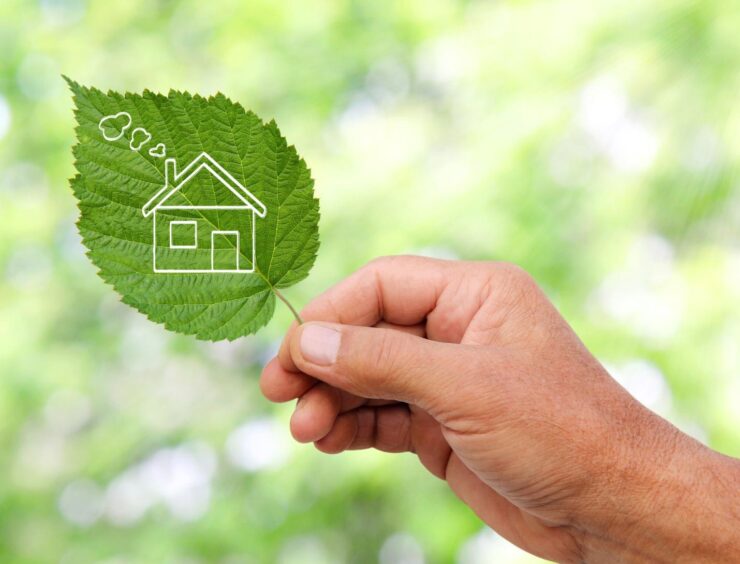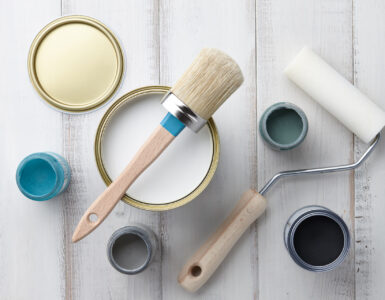Are you concerned about the carbon footprint you’re leaving behind?
85% of your fellow homeowners agree and are making strides to live more sustainably. This includes buying from brands that use green manufacturing processes and materials.
In fact, you don’t have to purchase anything at all to go green at home. Conservation is one of the first principles of sustainable living.
There’s a lot of ground to cover, so where do you start?
Let’s begin with these must-have tips for creating a more eco-friendly home.
1. Save More Water
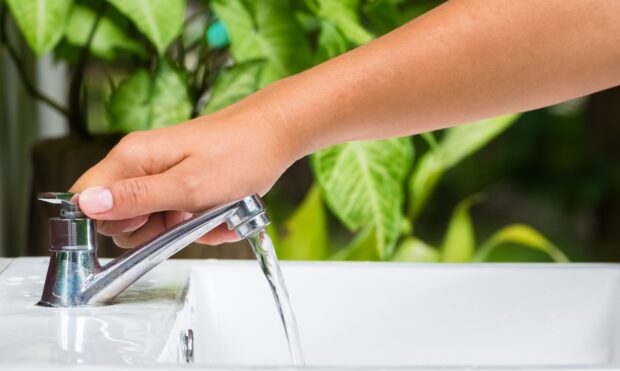
Do you remember the point about conservation?
Water conservation is one of the first steps toward living a more sustainable life. It’s not just about conserving water use but how you use water, as well. You can also use this new habit to encourage more water intake.
Keeping a water pitcher in the fridge is a great start. This tip prevents you from pouring more water from the tap, potentially pouring more water than you need. Think about all the times you’ve dumped a glass of water down the drain.
2. Drink Up!

Cold, refreshing water encourages more water consumption. Drink at least eight ounces of water per day from your pitcher. You should also keep a reusable water bottle on hand and encourage more water use at breakfast and dinner.
Even better, staying hydrated strengthens your immune system. This means fewer trips to the doctor and prescriptions like antibiotics and flu medicine. When you really think about it; you save a lot of waste by staying healthy.
Staying hydrated also keeps you out of the fridge, lowering electricity use and packaging waste. Oftentimes, people will eat when they’re actually dehydrated. Instead of going for a fizzy soda, try a cold glass of water instead.
3. Create a Food Waste Plan
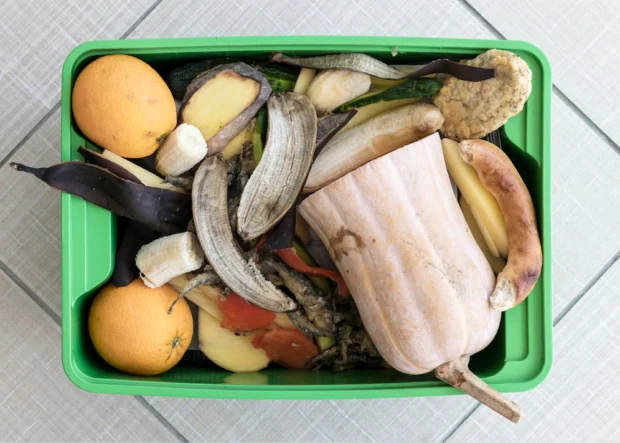
Your next big challenge is the food waste dilemma.
First, come up with a plan to cut food waste at home. Think of ways to better preserve your food. You could buy a vacuum sealer to keep your food fresh for longer; that means fewer trips to the grocery store!
Store unfinished food in Tupperware containers once you’re finished. This way, you won’t leave your food out for insects, leading to more food waste. Remember to store your food properly, as well; avoid leaving food out in the sun or in humid conditions.
Decrease food waste by planting your own garden. Tomatoes, peppers, and leafy greens are easy to grow in backyards. This means fewer plastic bags from the grocery store; plus, you save money on pricey fruits and veggies.
Even better, produce is compostable, which you can easily turn into garden fertilizer.
What about people who don’t have backyards?
No problem!
Simply create an indoor garden using flower pots, wood crates, pallets, hydroponic equipment, and indoor garden towers.
You can easily grow the following mini crops in your home or apartment:
• Cherry tomatoes
• Basil
• Chamomile
• Mint
• Potatoes
• Leafy greens
• Carrots
• Garlic
• Lettuce
• Spinach
There are plenty more veggies to add to the list above. Fruits are a bit harder to grow indoors. Avocado is one, but you can buy an indoor lemon tree for your home, as well.
You’ll love miniature orange and banana trees; they also fill the home with a delicious citrus aroma. You could also try growing strawberries in indoor flower pots.
4. Create Recycling Receptacles for the Home
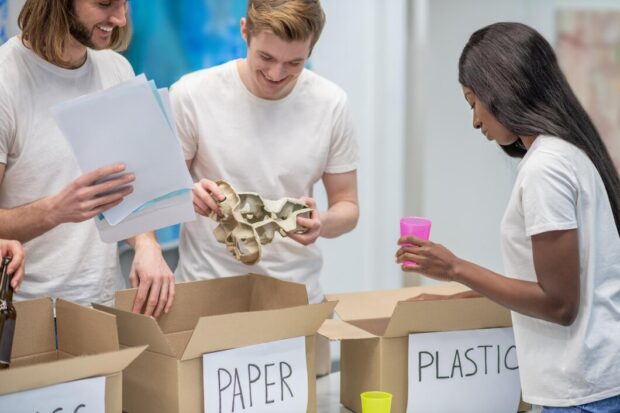
Recycling is typically the first eco-friendly action you’re introduced to as a child. These lessons often get lost in the hustle and bustle of growing up. So, for this next tip, you’re going back to elementary school!
First, go to your local hardware store and pick up three waste bins in different colors. Next, buy a few large white stickers; plain bumper stickers work too. Designate separate bins for glass, paper, and plastic.
You could turn your new recycling habit into a fun game for the kids, too.
It’s important to wash recyclable materials thoroughly. Believe it or not, recycling plants won’t recycle items that haven’t been decently washed or rinsed out. Those items are filtered out and sent to landfills.
5. Start Composting
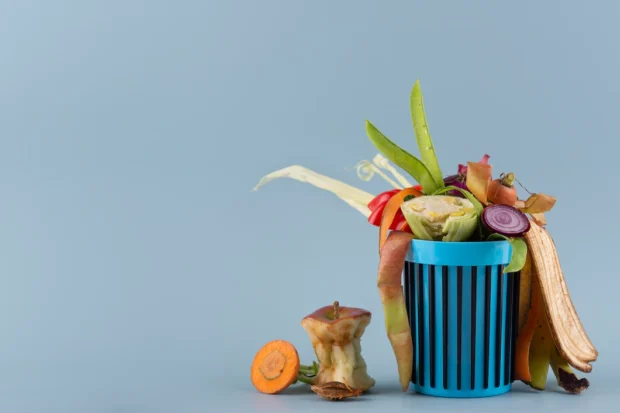
Remember, you can always put biodegradable waste into your composting bin. Municipalities typically give residents free compost bins, but any bin will do. These bins are perfect for throwing away banana peels, egg shells, strawberry stems, and more common food waste.
There are a couple of composting methods: cold and hot. Placing a plastic bin in your kitchen is considered cold composting, whereas hot composting takes place outside.
Hot composting is for handling large quantities of biodegradable waste, like rotten leaves and wood, but you can add food waste there too.
The compost biodegrades over the course of a month. You don’t have to heat up anything, just add some dirt periodically. The soil breaks down the waste, creating a natural heating process.
6. Choose an Eco-Friendly Home Energy Option
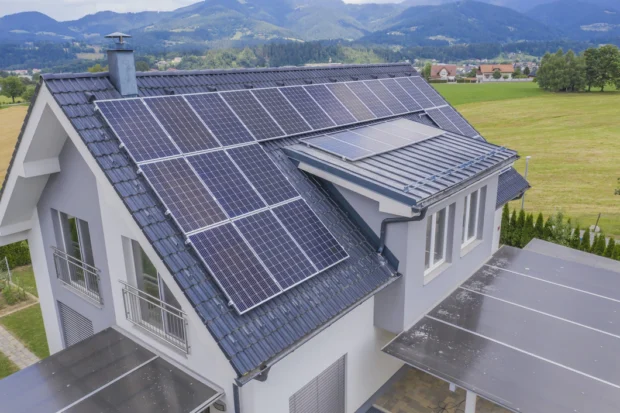
Going green saves you a considerable amount of money, especially if you’re disciplined about your sustainability habit. If you want, you can save even more by investing your eco-friendly savings into a renewable energy source.
Solar energy is your best bet, but it’s good to explore (and combine) multiple sources. For example, you can learn a lot about solar panels from Blue Raven. While panels have a higher upfront cost than other energy sources, you save a lot of money over time.
Solar power is the most popular alternative home energy source. Look out for more alternatives to go mainstream like mini wind-powered generators and hybrid options that combine wind and solar energy.
Go Green Today
Going green doesn’t have to be complicated. Start small by conserving (and drinking) water, decreasing food waste, and turning off the lights. Think bigger by installing a renewable energy system in your eco-friendly home!
You’ll need plenty of information to meet your goals. Follow the blog to stay in the loop.

